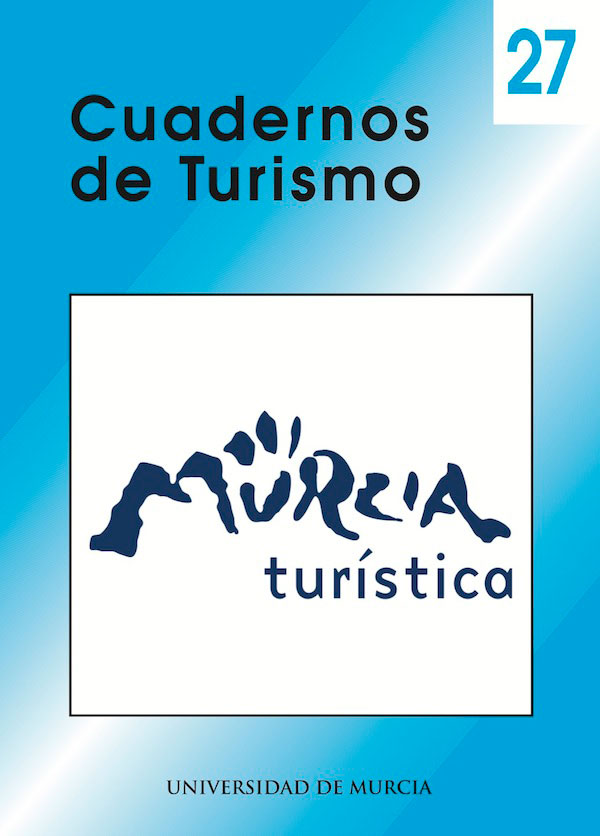Del castillo al burgo. El itinerario viajero en los comienzos de la narrativa medieval
Resumen
La concepción del ser humano como homo viator caracteriza las manifestaciones de civilización del occidente medieval cristiano. Los comienzos de su literatura dan al viaje una especial importancia para el desarrollo de la narración. La literatura caballeresca del siglo XII (Chrétien de Troyes) coloca el itinerario viajero de sus personajes en un espacio peculiar que se va diferenciar de las narraciones de unos años después (Jean Renart) que se sitúan en un nuevo espacio. El paso del castillo al burgo supone, más que un cambio de decorado, una nueva percepción de la realidad que prepara la narrativa posterior y la aparición de los libros de viaje en la segunda mitad del mismo siglo.Descargas
-
Resumen298
-
PDF224
-
PDF 224
Las obras que se publican en esta revista están sujetas a los siguientes términos:
1. El Servicio de Publicaciones de la Universidad de Murcia (la editorial) conserva los derechos patrimoniales (copyright) de las obras publicadas, y favorece y permite la reutilización de las mismas bajo la licencia de uso indicada en el punto 2.
2. Las obras se publican en la edición electrónica de la revista bajo una licencia Creative Commons Reconocimiento-NoComercial-SinObraDerivada 3.0 España (texto legal). Se pueden copiar, usar, difundir, transmitir y exponer públicamente, siempre que: i) se cite la autoría y la fuente original de su publicación (revista, editorial y URL de la obra); ii) no se usen para fines comerciales; iii) se mencione la existencia y especificaciones de esta licencia de uso.
3. Condiciones de auto-archivo. Se permite y se anima a los autores a difundir electrónicamente las versiones pre-print (versión antes de ser evaluada) y/o post-print (versión evaluada y aceptada para su publicación) de sus obras antes de su publicación, ya que favorece su circulación y difusión más temprana y con ello un posible aumento en su citación y alcance entre la comunidad académica. Color RoMEO: verde.





_.jpg)








